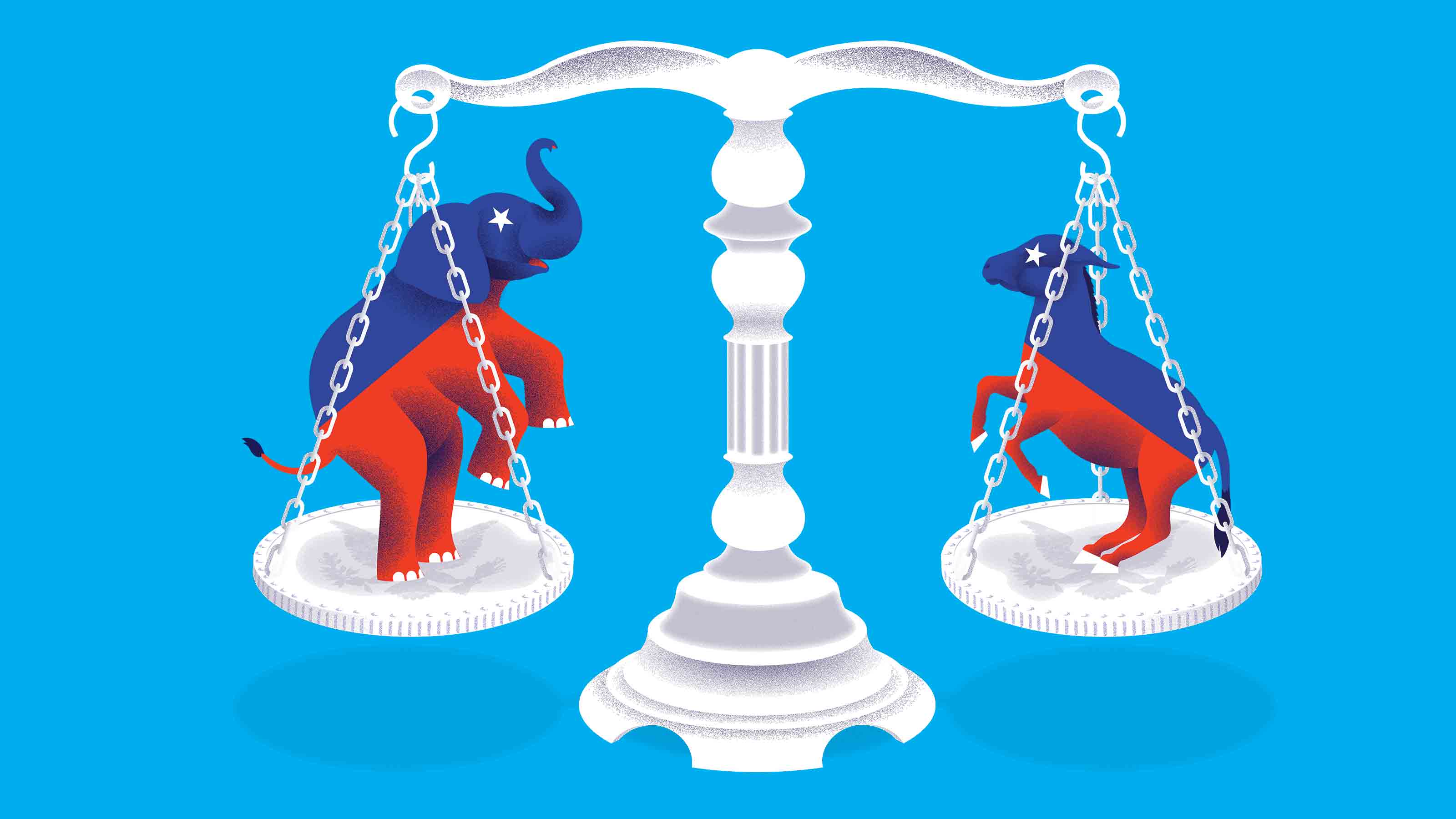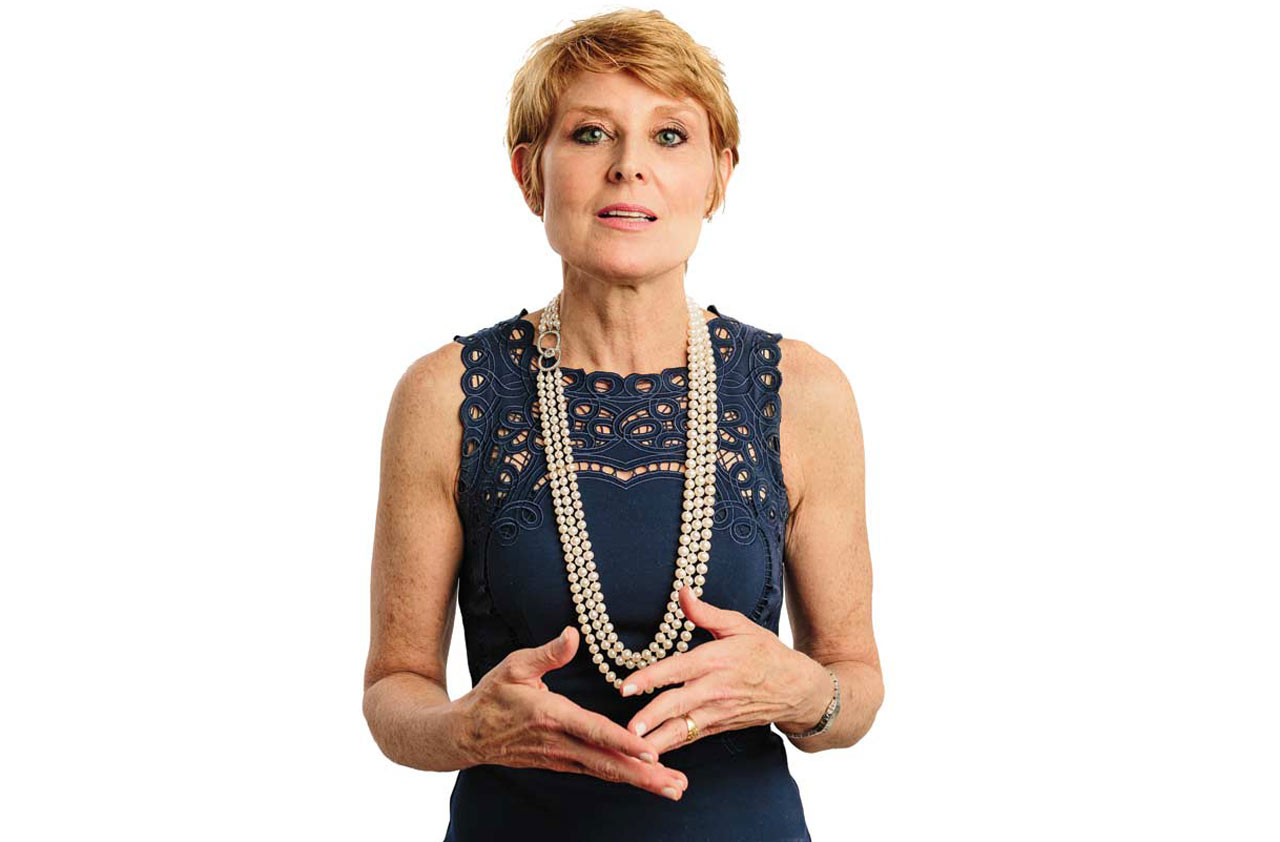The Fed and Your Wallet
Are Bernanke & Co. waiting for the smoke to clear? Or is the August pause the end of 17 months of rate tightening? The answer has important consequences for investors.

The Federal Reserve Board's rate pause is as much a media event as a watershed for the financial markets. But it also marks a good time for investors to make some rest-of-2006 adjustments in their portfolios.
In recent weeks, most economists and investment strategists have suggested that the central bank would leave short-term interest rates alone -- at least this month. The action in the 10-year Treasury note, whose behavior shows you where the economy looks to be heading, reflects this. The yield on 10-year notes has dropped from 5.3% to 4.9% since early July. With weakening readings on jobs, housing, the gross domestic product and the index of leading indicators, the bond market sensed that commerce is slowing quickly.
The stock market has been obsessed with Fed policy for months. Anxiety over rising interest rates explains why stocks struggled last year and have barely budged this year despite marvelous earnings.
From just $107.88 $24.99 for Kiplinger Personal Finance
Become a smarter, better informed investor. Subscribe from just $107.88 $24.99, plus get up to 4 Special Issues

Sign up for Kiplinger’s Free Newsletters
Profit and prosper with the best of expert advice on investing, taxes, retirement, personal finance and more - straight to your e-mail.
Profit and prosper with the best of expert advice - straight to your e-mail.
If enough traders and strategists aren't discomfited by the Fed's between-the-lines language -- and the late-day selloff on Tuesday says there are still a lot of worriers -- stocks and stock funds should get a bounce. The blue chips are clearly cheap. However, this isn't a repeat of the end of the bear market of 2002 -- with a bull market waiting to charge out of the pen. While stocks should perk up a little, don't plan on a return of more than 7% or 8% for all of 2006.
One reason: "The Fed's words didn't suggest they are done," says Jim Swanson, chief investment strategist at Massachusetts Financial Services. "You read their words about inflation, they were strident and vigilant." So, he says, stocks will do just "okay." Sam Stovall, Standard Poor's chief investment strategist, says he can see a correction of up to 10% before the stock market rallies strongly at the end of this year and in early 2007.
By contrast, the Fed's pause suggests it's getting closer to when we can be bullish on bonds. Pimco funds bond guru Bill Gross, in an August essay you can find on his Web site (www.pimco.com), has a chart that shows what's happened to 10-year Treasury yields once Fed tightening cycles end. Bond yields go down, down, down -- which means bond prices go up, up, up. (Long-term Treasury bond values are already up 3% since early July.)
A parallel piece of research by Lord, Abbett Co., says that in the 24 months after the last five times the Fed stopped raising rates, the overall bond market (as measured by the Lehman Brothers Aggregate Bond Index) has risen from as little as 9% to as much as 23% annualized. Those are impressive figures. You can find additional evidence that bonds should perform strongly by checking the returns of Vanguard bond index funds and various closed-end bond funds in years like 2000 and 2001. The Fed doesn't directly set out to send long-term bond yields down, but when it's truly done tightening credit, it's a good time to be a bond buyer.
That said, the Fed may not have actually stopped raising rates. In September, the Federal Open Market Committee (the body that actually sets short-term rates) will be back, and if there are more signs of inflation between now and then, its members could resume the tightening. So bond prices likely will be choppy and unpredictable until the Fed makes it perfectly clear that the battle against inflation has been won or it needs to stimulate the economy by lowering rates.
With that in mind, let's switch from the role of economic observer to money manager. Here are familiar income-paying investments and the effects of the Fed's pause:
Bonds. There's no need to rush out to buy bonds, but if you have some, keep them. If you're directing 20% or so of your 401(k) and IRA contributions to bonds, you might feed more of that amount into an intermediate-term government or corporate fund, but it's premature to go to very long maturities as long as cash yields 5%. (My favorite bond fund, Loomis-Sayles Bond, is having another swell year and has returned nearly 2% over the last month although its maturities and duration-a measure of interest-rate sensitivity -- are much shorter than customary for this fund.)
Short-term money. It was a sweet deal yesterday, and it still is today: 5% or close to with no risk in a world where a long-term Treasury bond pays the same. I don't make a distinction between money-market funds, online savings accounts, or short-term CDs. They are all "cash" or cash equivalents. Until short-term interest rates start falling, cash is fine.
REITs and utilities. These income-paying stocks have been the biggest stars in many income portfolios for a few years. It used to be that real estate investment trusts behaved like bonds, which meant you would want to avoid them while interest rates rose and vice-versa. Their performance now seems to be divorced from rate moves. The bigger story is that commercial real estate and apartments are making money, so REITs that focus on these areas have been appreciating and the shares are expensive. But dividends are going up, too. Utility shares are also vastly more expensive than they were a couple of years ago, but if you can find a stock, such as Consolidated Edison (symbol ED), that yields 5% and generally pays a bigger dividend ever year, go for it.
Dividend-paying stocks. As long as the tax rate is low and quality companies such as Bank of America and Altria offer high dividends with growth potential, they're fine. Stovall of SP points out that in the typical "plateau period," the five-to-seven-month interval between the Fed's last rate hike and its first reduction, the best-performing stock sectors are health care, financials and consumer staples. Each sector has many stocks known for paying good dividends. Once short-term rates decrease, so will the returns on money-market funds. Stock dividends, by contrast, generally go up unless you're talking about Ford and General Motors, and I'm not. For income investors, better times are coming.
Profit and prosper with the best of Kiplinger's advice on investing, taxes, retirement, personal finance and much more. Delivered daily. Enter your email in the box and click Sign Me Up.

Kosnett is the editor of Kiplinger Investing for Income and writes the "Cash in Hand" column for Kiplinger Personal Finance. He is an income-investing expert who covers bonds, real estate investment trusts, oil and gas income deals, dividend stocks and anything else that pays interest and dividends. He joined Kiplinger in 1981 after six years in newspapers, including the Baltimore Sun. He is a 1976 journalism graduate from the Medill School at Northwestern University and completed an executive program at the Carnegie-Mellon University business school in 1978.
-
 You Saved for Retirement: 4 Pressing FAQs Now
You Saved for Retirement: 4 Pressing FAQs NowSaving for retirement is just one step. Now, you have to figure out how to spend and maintain funds. Here are four frequently asked questions at this stage.
-
 How to Stop These 5 Risks From Wrecking Your Retirement
How to Stop These 5 Risks From Wrecking Your RetirementYour retirement could be jeopardized if you ignore the risks you'll face later in life. From inflation to market volatility, here's what to prepare for.
-
 Hesitating to Spend Money You've Saved? How to Get Over It
Hesitating to Spend Money You've Saved? How to Get Over ItEven when your financial plan says you're ready for a big move, it's normal to hesitate — but haven't you earned the right to trust your plan (and yourself)?
-
 The 2020 Election and Your Money
The 2020 Election and Your MoneyPolitics We’ve assessed how the presidential candidates’ stances on financial issues will affect your wallet.
-
 What a Weaker Dollar Means to You
What a Weaker Dollar Means to YouMarkets Travel abroad is more expensive, but your overseas investments may benefit.
-
 Recession Proof
Recession ProofMarkets So what makes a recession a recession, anyway? This book explains all in plain language, giving readers an understanding of what recessions are, why they happen, and the signs that the next one is on the way.
-
 The Frackers
The FrackersMarkets The Frackers is an excellent, non-technical history of the shale oil and gas boom that revolutionized the American energy industry.
-
Housing’s Revival Losing Some Heat
Markets Problem number one: Not enough growth in jobs and wages.
-
 7 Reasons Not to Fear China
7 Reasons Not to Fear ChinaMarkets China has just displaced Japan as the world’s second-largest economy and is likely to dethrone the U.S.
-
How We Can Escape This Mess
Markets This Yale economist says you need to understand human behavior to break boom-and-bust cycles.
-
What the Fed Can (and Can't) Do
Markets There are limits to what control central banks have.